In this era of blush blindness, there’s still many makeup wear-ers who remain adamant that blush just isn’t for them.
What looks wonderfully beautiful on others, can feel like just a hop, leap, and a skip away from clownery for you. But! I promise you’re not just destined for a life in the circus: you might be making a few mistakes here and there when applying your blush that are messing with your final look.
Here’s the top 5 most common blush mistakes you’re probably making—and most importantly, how to fix them.
1. Applying too much product
When moseying into the world of blush, overdoing it with product can be a sure-fire way to scare you off.
Like all makeup, blush revolves around the principle that it’s much easier to add than it is to subtract. The best blush looks usually take a light hand—gradually building pigment and thoroughly blending to create a diffused, natural wash of colour. For first-time blushers, we recommend reaching for a fluffy brush (like the Real Techniques Finish Blush Brush)—which is designed for light to medium coverage.
For liquid blush, dot a tiny bit on the back of your hand (instead of directly on your cheeks). Pick up the product by blending your brush into the colour, picking up a small, dispersed amount onto the brush. Then, lightly blend over your cheekbones.
For cream blush, particularly one that’s as pigmented as our Matte Pop Blush, start by tapping the product on the back of your hand. Using the same blending method to pick up product on your brush and then blend over your cheekbones. By applying it onto the back of your hand first you not only warm up the product (important), but also avoid picking up clumps of the mousse formula in your brush bristles, which will over-deposit product onto your cheeks.
2. Using the wrong brush
As we said, a fluffy, sparse brush is going to be your best mate when dipping into the world of blush. Something more dense (like a flat-topped foundation brush) is designed to deposit maximum product on the skin for a full-coverage effect. This makes them a great pick for creating a flawless foundation base but not quite right for a diffused wash of colour.
Investing in a quality fluffy brush, that’s dedicated to your blush step, will help make applying the right amount of product and blending it out a total breeze.
Don’t have a fluffy brush? That’s fine! Opt for a liquid blush and try putting a tiny bit of product onto the back of your hand. Rub it in with your fingers to warm the product up. Then, tap it over your cheeks and blend with your fingers. Use whatever brush/ sponge you have on hand to give your cheeks one final blend.
3. Not blending enough
Even with that fabulously fluffy blush brush on deck, not blending your blush enough can lead to a streaky, over-applied look.
When applying your product, resist the urge to drag your brush back and forth across the cheeks. Instead, just lightly dab your brush over your cheeks to stipple the product onto the skin. This helps you avoid moving around any of the product underneath (like foundation) and gives you more control over placement and intensity.
Continue this dabbing motion across your cheeks (and up to your temples) until there’s no harsh lines and your blush mimics the look of a natural flush.
Working with a cream/liquid? Be quick. These blush types run the risk of setting fast and then becoming stubbornly difficult to blend. We recommend doing each cheek individually to avoid having one cheek beautifully blended and the other one sporting a flush that dried on arrival.
4. Incorrect layering
Some of the best blushes these days come in liquid/cream form. They’re delightful. But the formula might require some rejigging of your typical makeup layering process.
While your instinct might be to set your base with face powder and then move onto your cheeks, we recommend applying your cream cheek products first and then, strategically applying powder where you need it.
Applying your liquid/cream blush over the top of your face powder can cause a blotchy, uneven application that’s tragically hard to blend. The cream can grab onto the powder and create piling or dragging and a look that’s patchy rather than natural.
5. Not personalising your blush to your face
From the shade, finish, and even placement, blush is actually extremely personal. It’s definitely not a one-size-fits-all makeup step. It looks its best when you’ve personalised it to your undertones and face shape.
If you find that no matter how much you blend and how many fluffy brushes you try, blush still just doesn’t look quite right—it could be because you’re not picking a shade and placement that works for your face. The wrong shade in the wrong place can create an unbalanced, unnatural, and even maybe droopy look.
We delve into choosing the right blush shade and placement for you with our mate and makeup artist, Yen Hoang, over here.
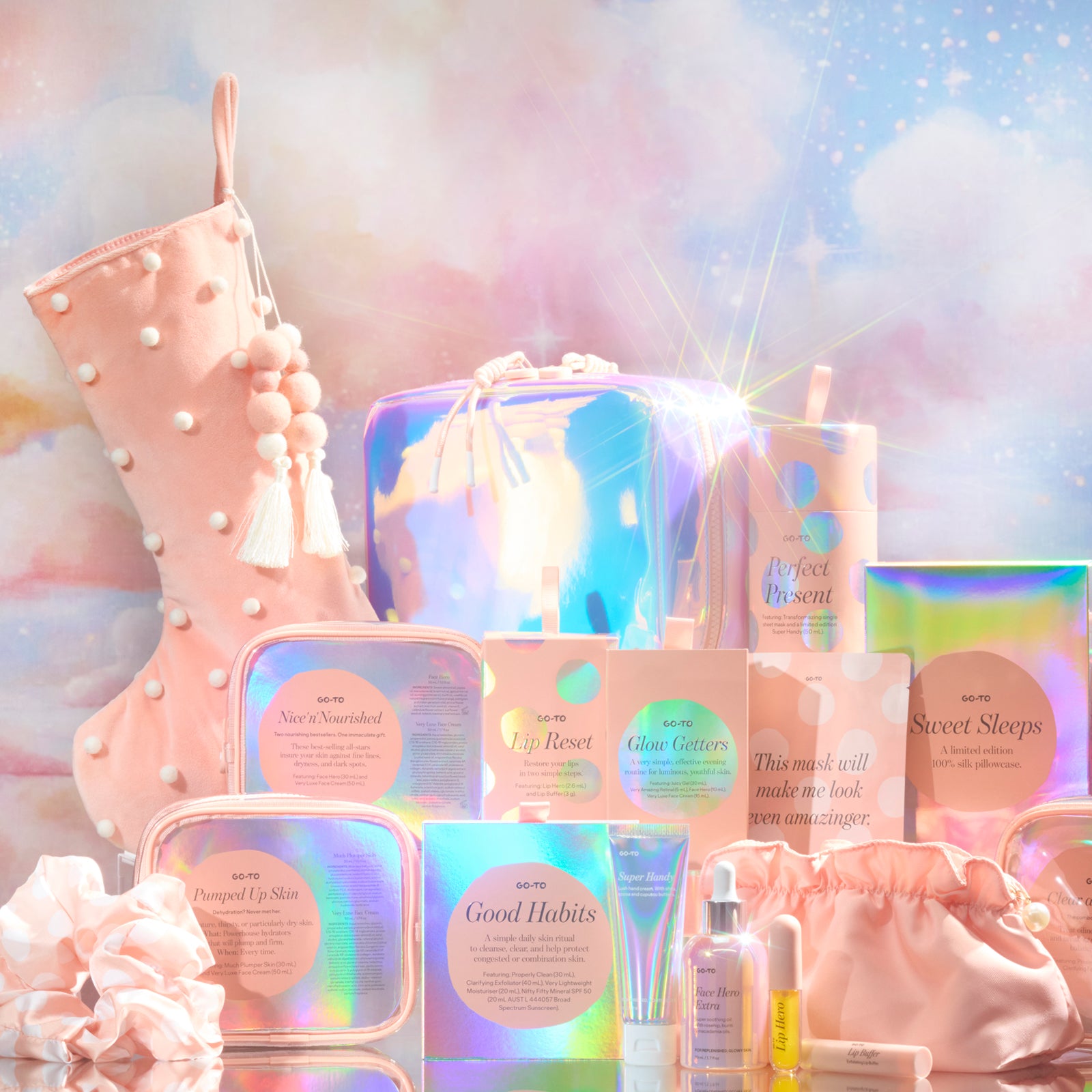

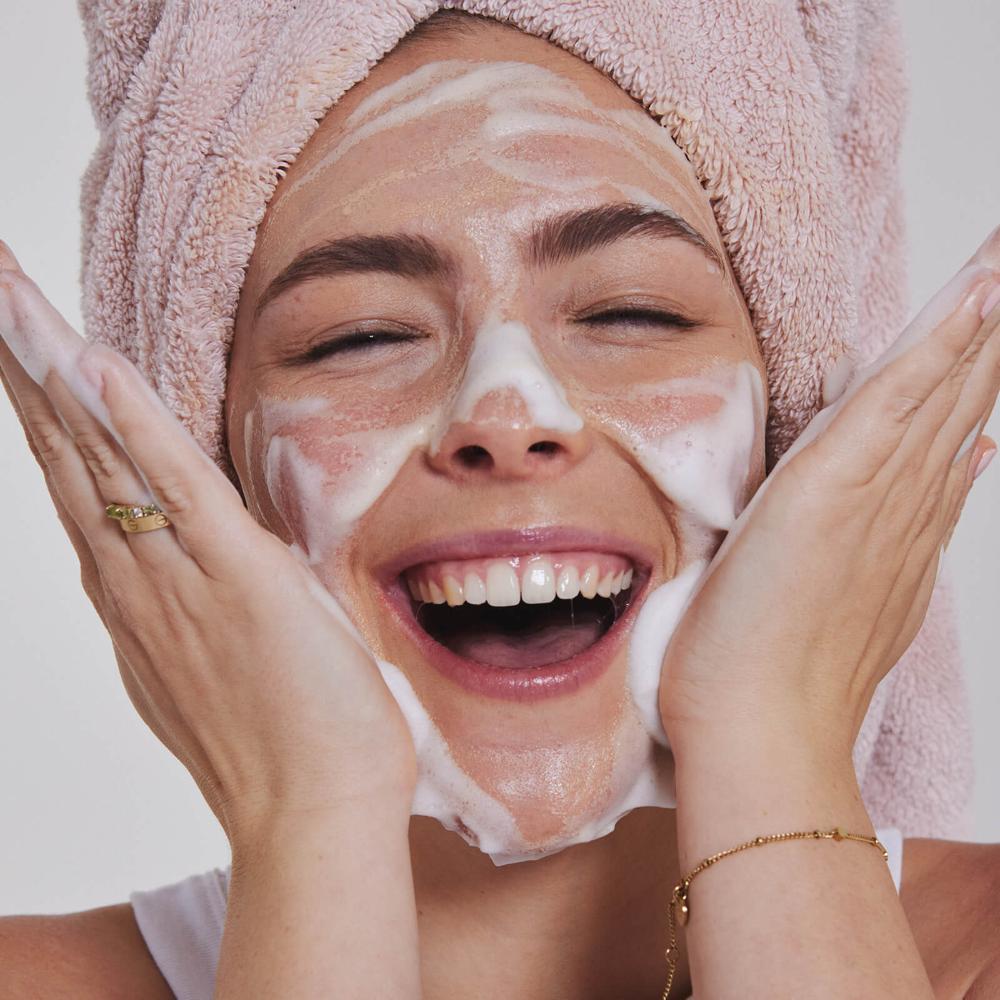
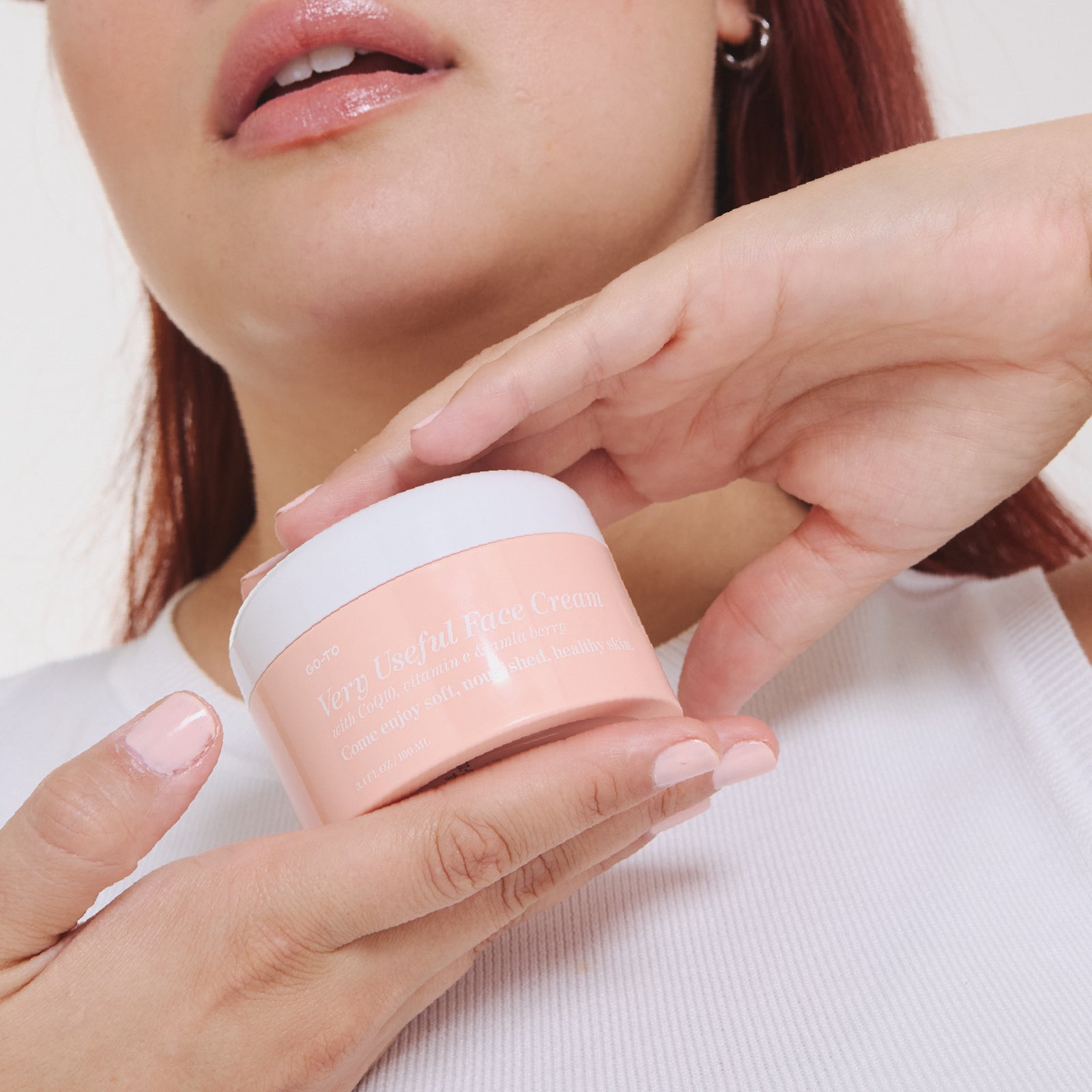
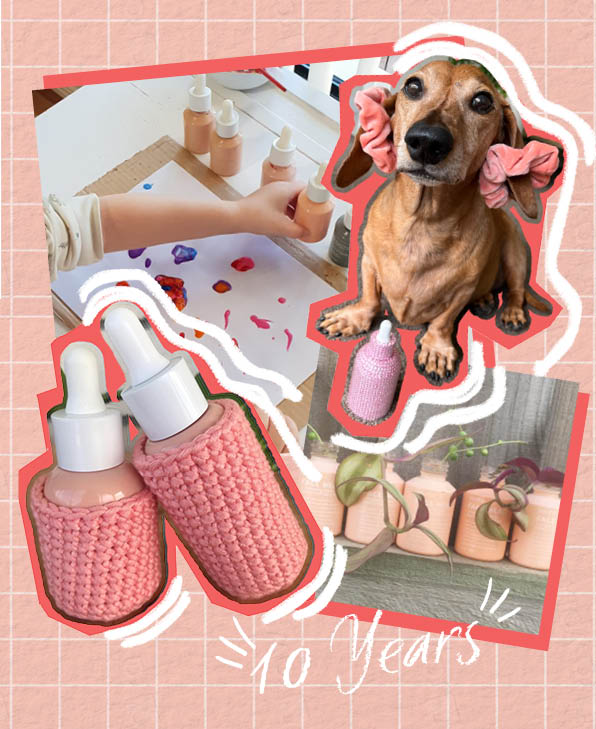


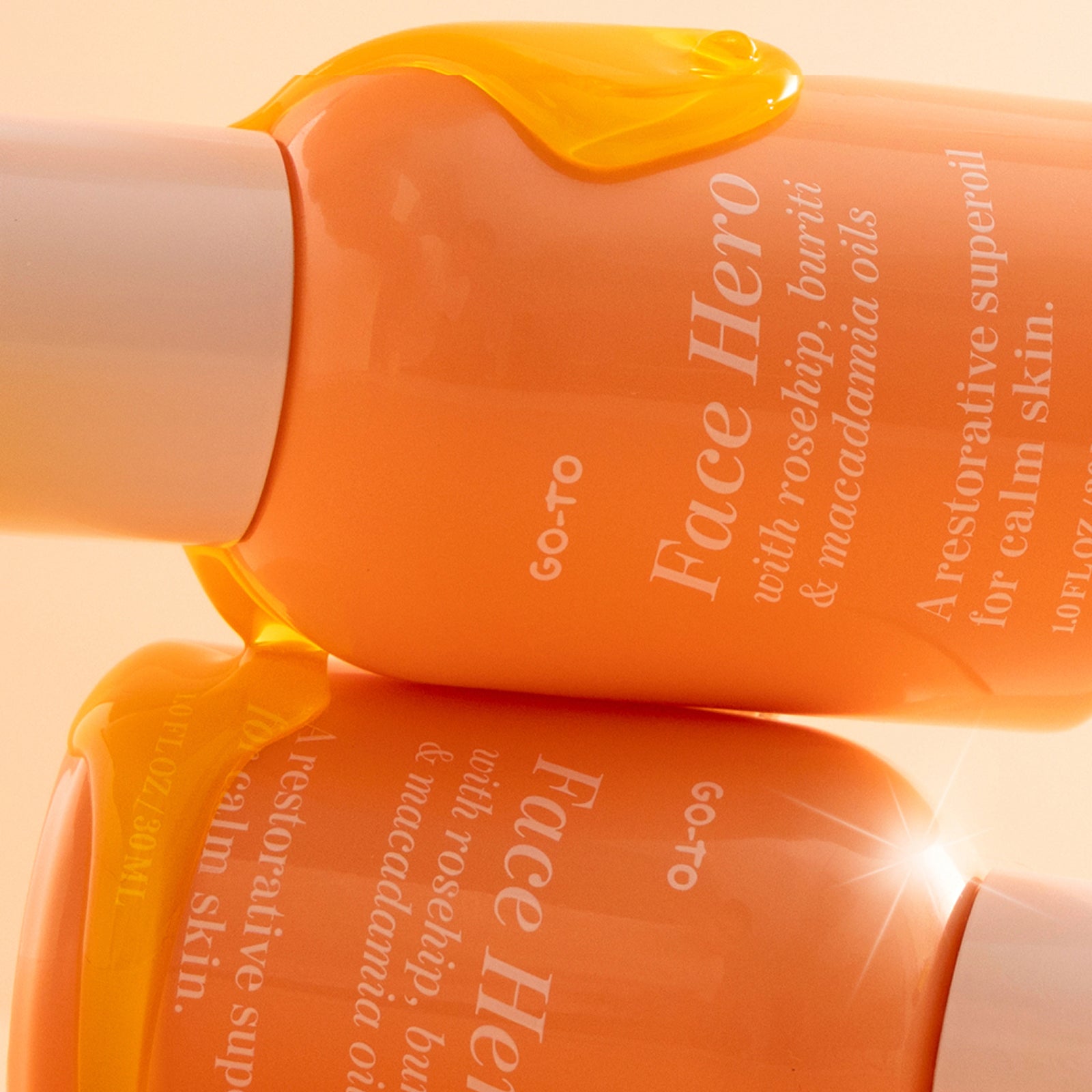
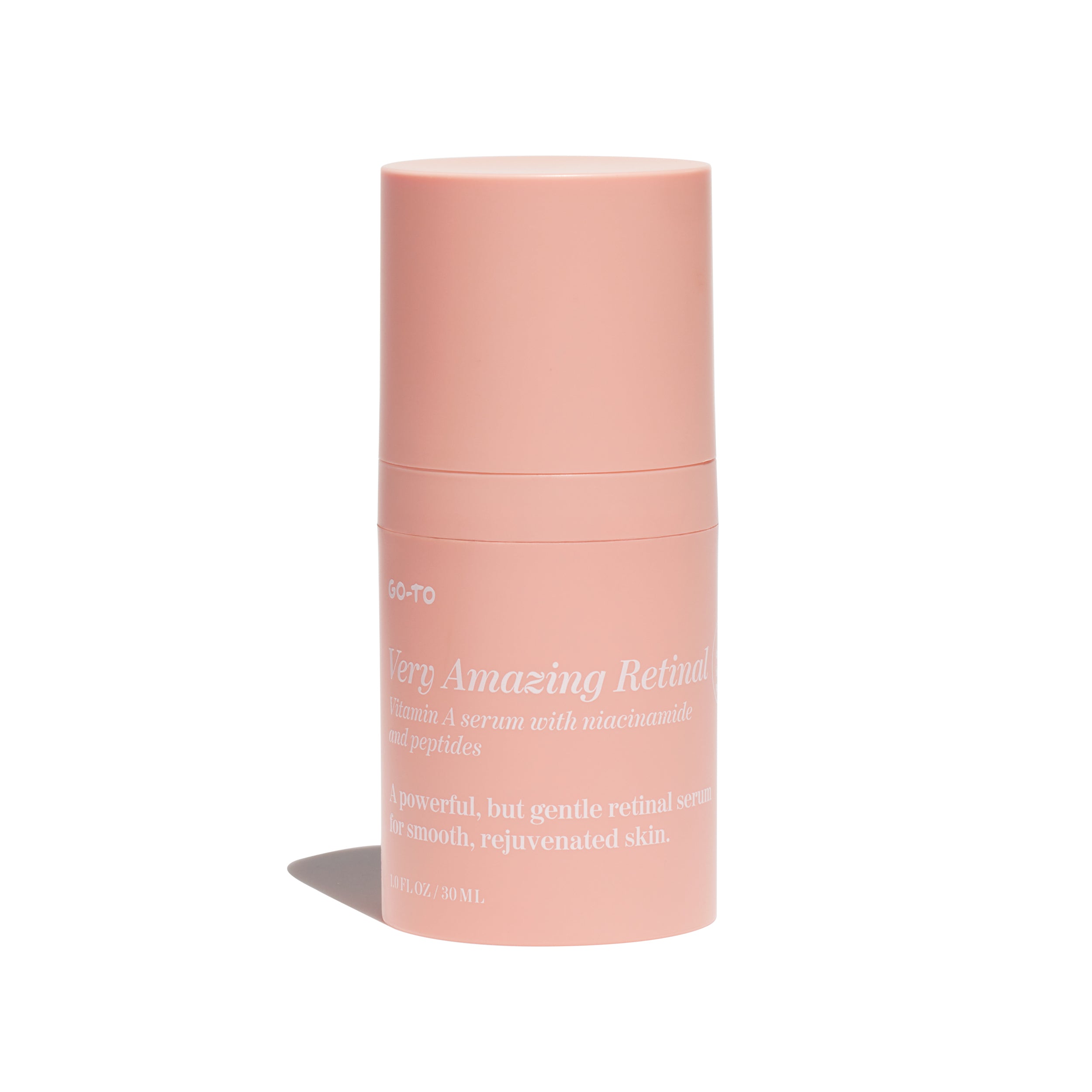
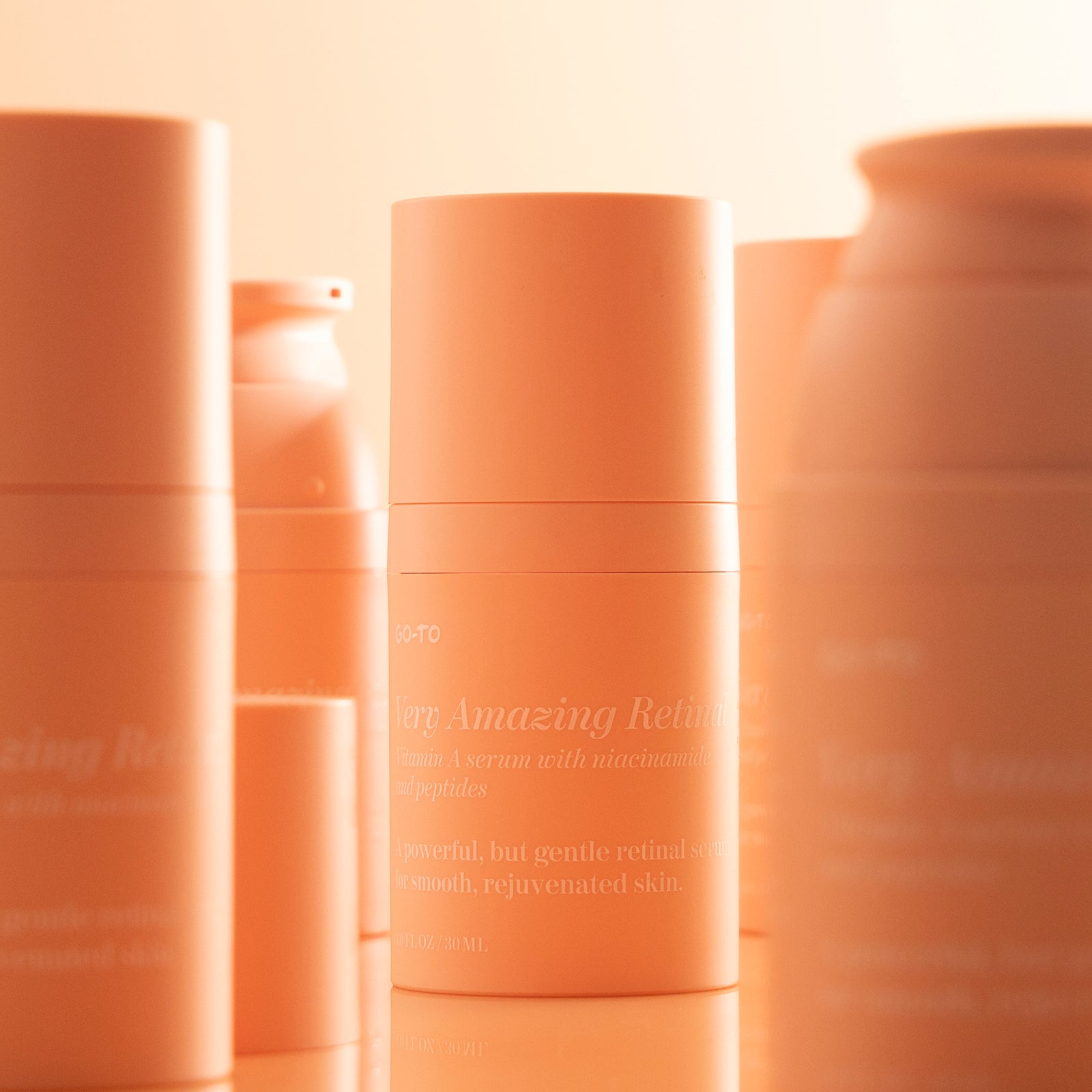
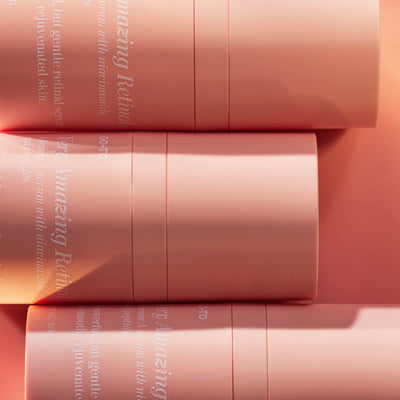



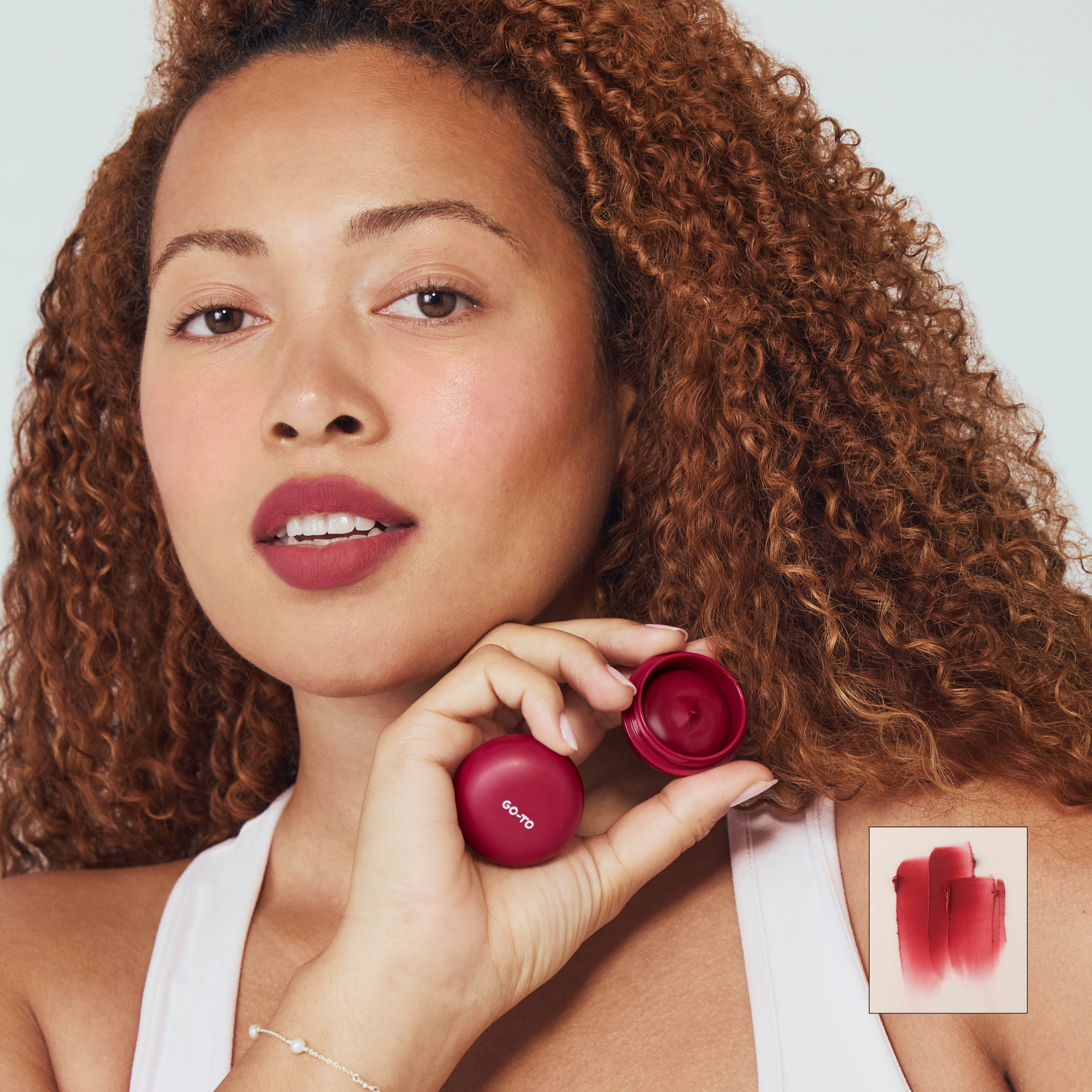

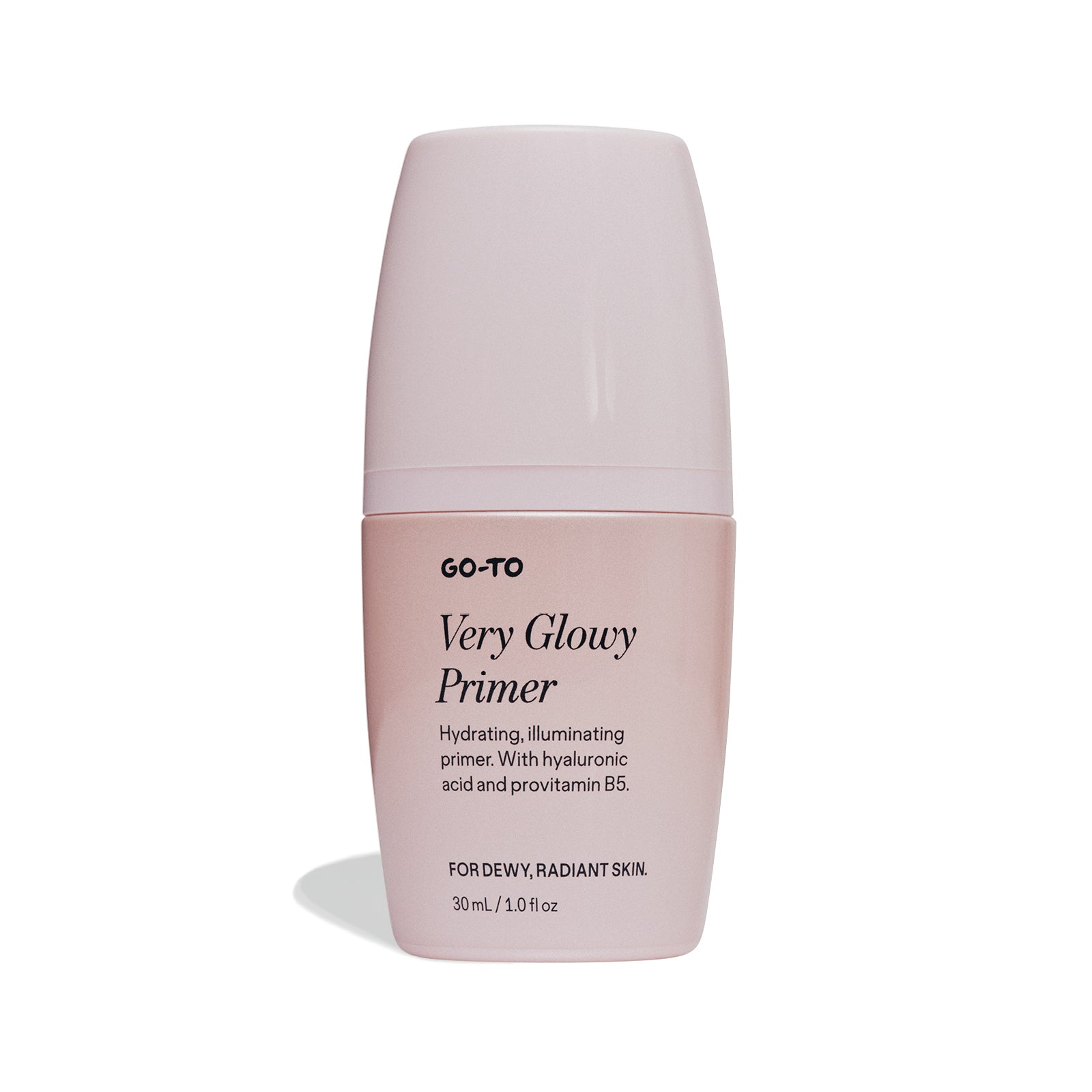
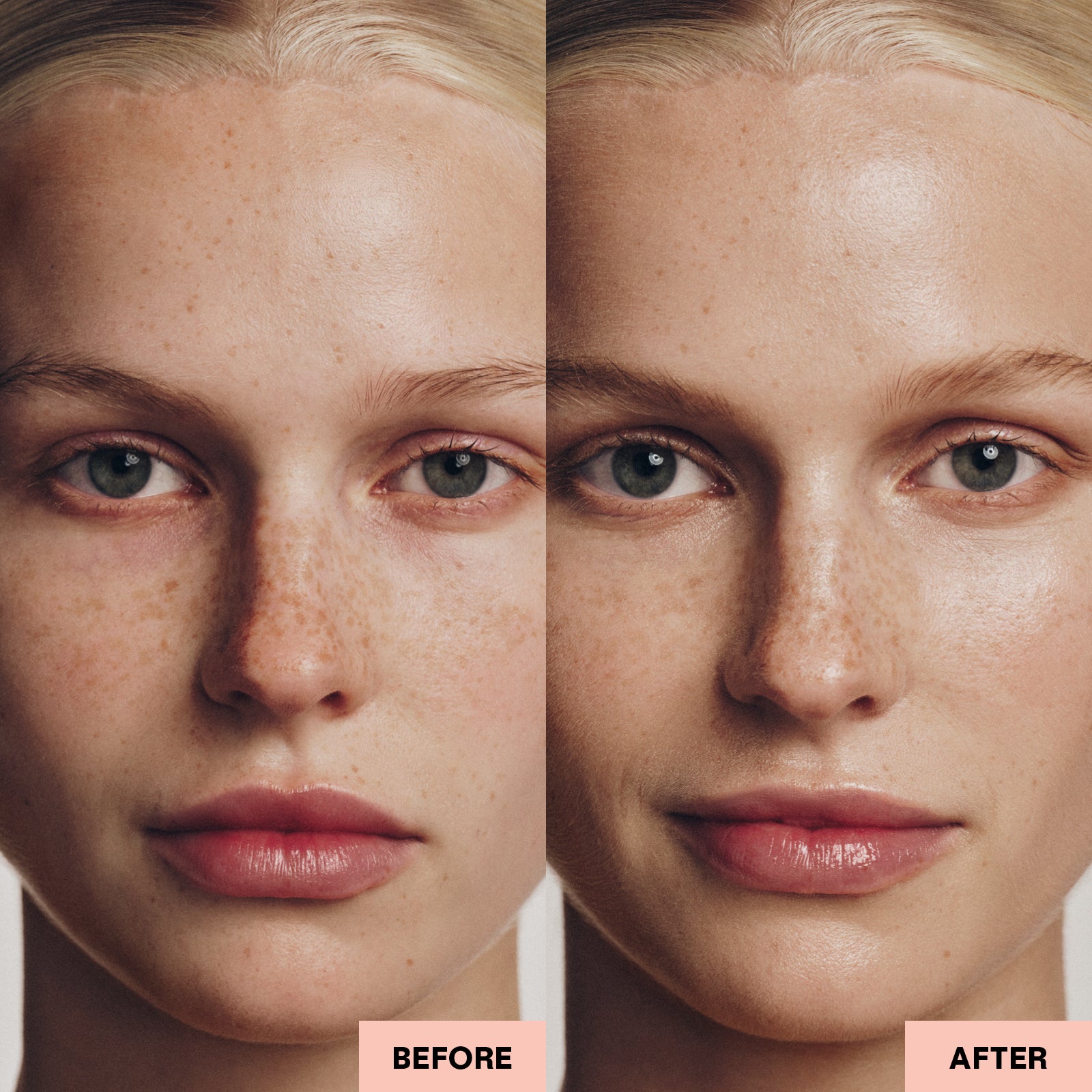


Comments